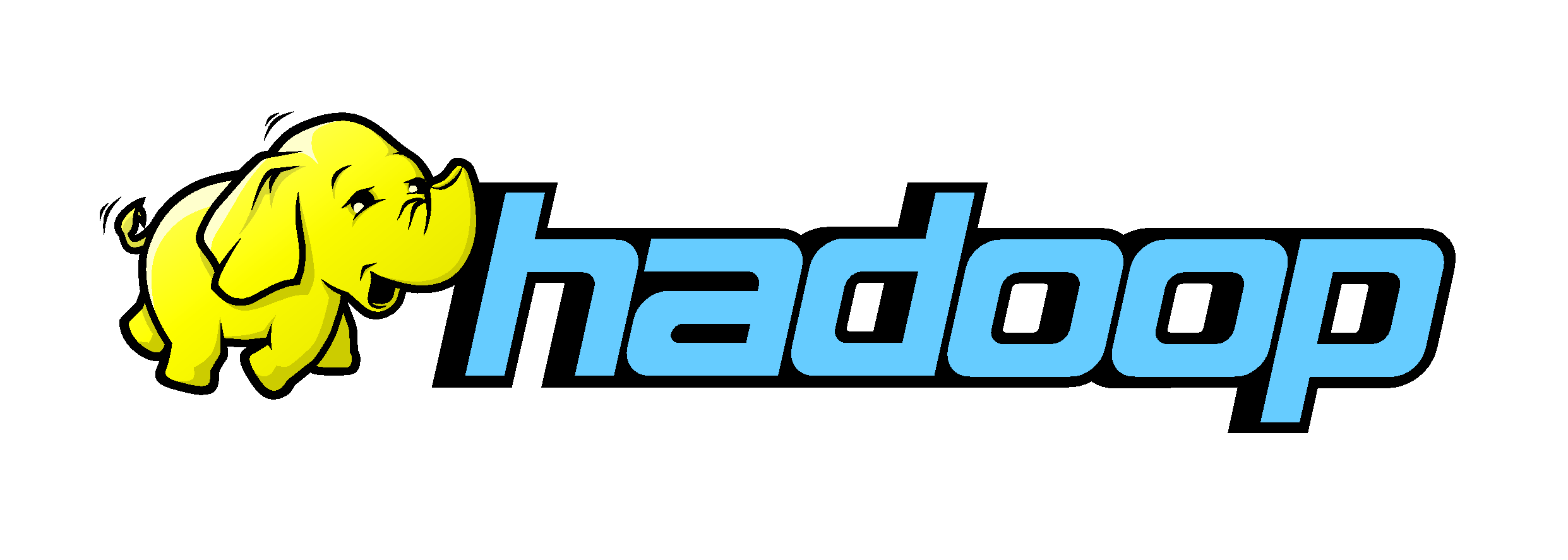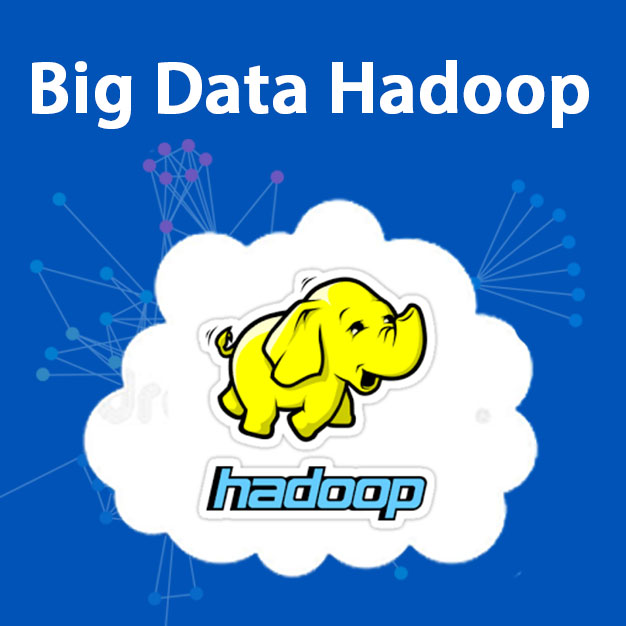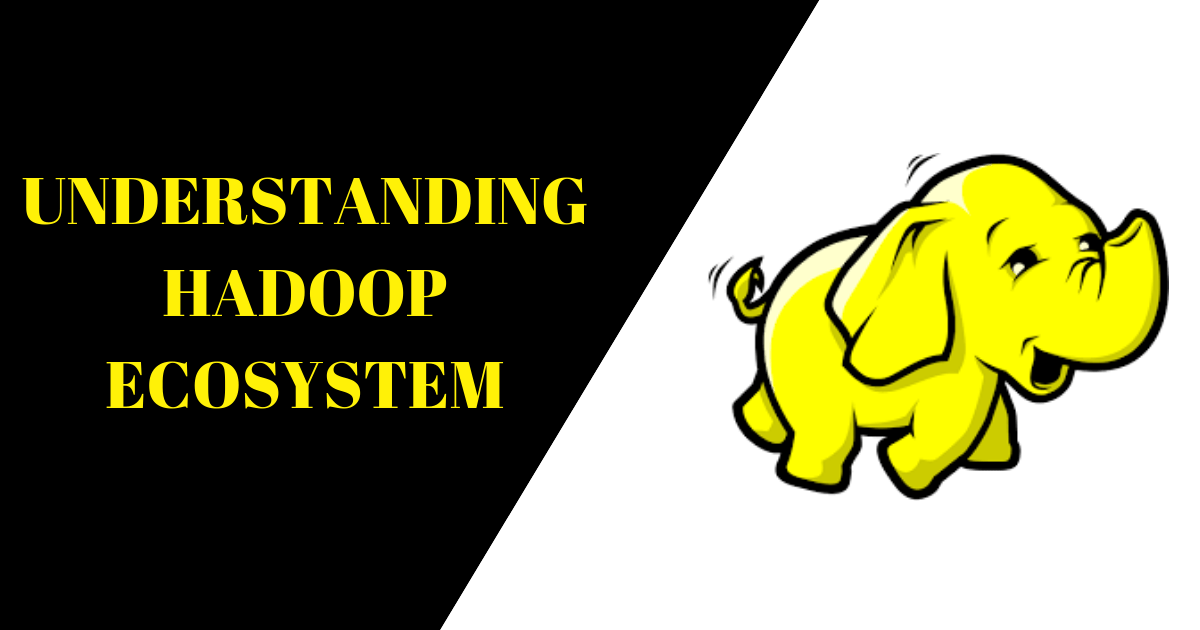Hadoop Ecosystem is a platform or framework which encompasses a number of services (including ingesting, storing, analyzing and maintaining).
Hadoop managed by the Apache Foundation is a powerful open-source platform written in Java that is capable of processing large amounts of heterogeneous data-sets at scale in a distributive fashion on a cluster of computers using simple programming models.
According to the Forbes 2018 report, Hadoop Market is expected to reach $99.31B by 2022 at a CAGR of 42.1%.
I will be discussing all the important components of the Hadoop Ecosystem in this post and also cover their application areas. This discussion is aimed at bringing the different capabilities of Hadoop and helping the developer community form a clear disposition on Hadoop Ecosystem.

Hadoop and Hadoop Ecosystem
What is Hadoop?
Hadoop is an open-source distributed processing framework that manages data processing and storage for Big Data applications running in clustered systems. Let’s start with the basic introduction to Hadoop.
It lies at the center of a growing ecosystem of big data technologies that are required for supporting advanced analytics initiatives, including predictive analytics, data mining and machine learning applications.
Hadoop is capable of handling various forms of structured and unstructured data, giving users more flexibility for collecting, processing and analyzing data than relational databases and data warehouses provide.
Watch this to get a understand Hadoop Ecosystem briefly
Hadoop Ecosystem
To understand the core concepts of Hadoop Ecosystem, you need to delve into the components and Hadoop Ecosystem architecture.
The Hadoop platform consists of two key services: a reliable, distributed file system called Hadoop Distributed File System (HDFS) and the high-performance parallel data processing engine called Hadoop MapReduce.
Here, we will discuss some of the most widely used Hadoop components:
1. HDFS:
HDFS or Hadoop Distributed File System is the core component of the Hadoop Ecosystem, which makes it possible to store different types of large data sets (i.e. structured, unstructured and semi-structured data). HDFS creates a level of abstraction over the resources, from where we can see the whole HDFS as a single unit.
It helps us in storing our data across various nodes and maintaining the log file about the stored data (metadata).
HDFS has two core components: NameNode and DataNode.
(i) NameNode: The NameNode is the main node and it doesn’t store the actual data. It contains metadata, just like a log file or you can say as a table of content. Therefore, it requires less storage and high computational resources.
(ii) DataNode: All your data is stored on the DataNodes. So, it requires more storage resources. These DataNodes are commodity hardware (like your laptops and desktops) in the distributed environment.
That’s the reason, why Hadoop solutions are very cost-effective. You always communicate to the NameNode while writing the data. Then, it internally sends a request to the client to store and replicate data on various DataNodes.

2. MapReduce:
MapReduce, the most widely-used, general-purpose computing model and runtime system for distributed data analytics, provides a flexible and scalable foundation for analytics, from traditional reporting to leading-edge machine learning algorithms.
In the MapReduce model, a computing “job” is decomposed into smaller “tasks” (which correspond to separate Java Virtual Machine (JVM) processes in the Hadoop implementation). These tasks are then distributed around the cluster to parallelize and balance the load as much as possible.
The MapReduce runtime infrastructure coordinates the tasks, re-running any that fail or appear to hang. MapReduce users do not need to implement parallelism or reliability features themselves. Instead, they can focus on the data problem.
The combination of HDFS and MapReduce provides a sturdy software framework for processing vast amounts of data in parallel on large clusters of commodity hardware in a reliable, fault-tolerant manner.
Hadoop is a generic processing framework designed to execute queries and other batch read operations against massive datasets that can scale from tens of terabytes to petabytes in size.
The popularity of Hadoop has grown in the last few years because it meets the needs of many organizations for flexible data analysis capabilities with an unmatched price-performance curve.
The flexible data analysis features apply to data in a variety of formats, from unstructured data, such as raw text, to semi-structured data, such as logs, to structured data with a fixed schema.

3. Apache Mahout:
We will start with learning what is Mahout.
Mahout provides an environment for creating machine learning applications which are scalable. Machine learning algorithms allow us to build self-learning machines that evolve by itself without being explicitly programmed.
Based on user behavior, data patterns and past experiences it makes important future decisions. You can call it a descendant of Artificial Intelligence (AI). It performs collaborative filtering, clustering, and classification. We will examine them in detail.
- Collaborative filtering: Mahout mines user behaviors, their patterns, and their characteristics and based on that it predicts and make recommendations to the users. The typical use case is an E-commerce website.
- Clustering: It organizes a similar group of data together like articles can contain blogs, news, research papers etc.
- Classification: It means classifying and categorizing data into various sub-departments like articles can be categorized into blogs, news, essay, research papers, and other categories.
- Frequent itemset missing: Here Mahout checks, which objects are likely to be appearing together and make suggestions, if they are missing. For example, cell phone and cover are brought together in general. So, if you search for a cell phone, it will also recommend the cover and cases.
Mahout provides a command line to invoke various algorithms. It has a predefined set of the library which already contains different inbuilt algorithms for different use cases.

Other Tools of Hadoop Ecosystem
The Hadoop ecosystem includes other tools like Hive and Pig to address specific needs. Hive is a SQL dialect and Pig is a data flow language.
Another tool, Zookeeper is used for federating services and Oozie is a scheduling system. Avro, Thrift, and Protobuf are platform-portable data serialization and description formats.
1. Pig:
Pig is a platform for constructing data flows for extract, transform, and load (ETL) processing and analysis of large datasets.
Pig Latin, the programming language for Pig provides common data manipulation operations, such as grouping, joining, and filtering. Pig generates Hadoop MapReduce jobs to perform the data flows.
This high-level language for ad hoc analysis allows developers to inspect HDFS stored data without having to learn the complexities of the MapReduce framework.
2. Hive:
Hive is a SQL-based data warehouse system for Hadoop that facilitates data summarization, ad hoc queries, and the analysis of large datasets stored in Hadoop-compatible file systems (e.g., HDFS, MapR-FS, and S3) and some NoSQL databases.
Hive is not a relational database, but a query engine that supports the parts of SQL specific to querying data, with some additional support for writing new tables or files, but not updating individual records.
That is, Hive jobs are optimized for scalability, i.e., computing over all rows, but not latency, i.e., when you just want a few rows returned and you want the results returned quickly.
Hive’s SQL dialect is called HiveQL. Table schema can be defined that reflect the data in the underlying files or data stores and SQL queries can be written against that data. Queries are translated to MapReduce jobs to exploit the scalability of MapReduce.
Hive also support custom extensions written in Java, including user-defined functions (UDFs) and serializer-deserializers for reading and optionally writing custom formats, e.g., JSON and XML dialects.
Hence, analysts have tremendous flexibility in working with data from many sources and in many different formats, with minimal need for complex ETL processes to transform data into more restrictive formats. Contrast with Shark and Impala.
Some of the well-known vendors that provide Hadoop-based platforms include Cloudera, Hortonworks, MapR, Greenplum, IBM, and Amazon.

You may read linear algebra for machine learning books or download linear algebra for machine learning pdf files. A deeper understanding of linear algebra for machine learning is essential for a thorough analysis of the Hadoop Ecosystem.
Read my earlier post on Linear Algebra for Machine Learning.
Hadoop and Linear Algebra, both are inextricably linked with Data Science, a subfield of machine learning. These two new disciplines of learning are also closely related to Data Analytics, which is now a goldmine of opportunities for data analysts and data science professionals.
So, if you are a programmer looking forward to a career change, a Data Analytics course is the right choice for you. Look for more lucrative career options in Hadoop.
Another survey by McKinsey predicts that by 2018 there will be a shortage of 1.5M data experts. This means more career opportunities will open up for BI /ETL/DW professionals, Testing and Mainframe professionals, in addition to Data Analysts.
This goes without saying that one must be abreast of the latest trends and developments in Hadoop Ecosystem, for a rewarding career.
You may go read up more by learning about linear algebra for machine learning it or even go for a data analytics course, for more insights.
Digital Vidya offers advanced courses in Data Science. Industry-relevant curriculum, pragmatic market-ready approach, hands-on Capstone Project are some of the best reasons for choosing Digital Vidya.



















Very good blogs thanks for sharing…
Hi Vivek,
You’re welcome and thanks for the appreciation.